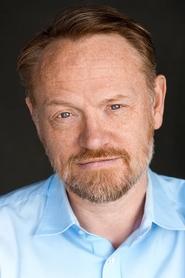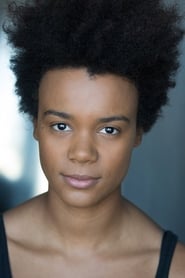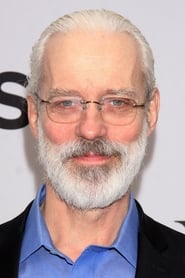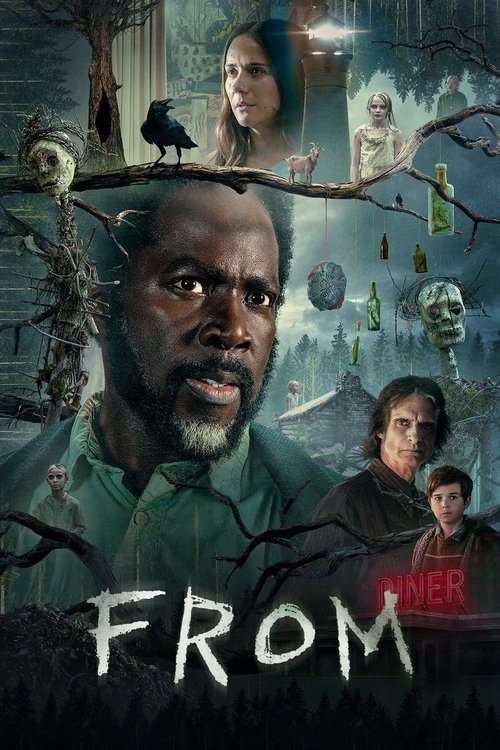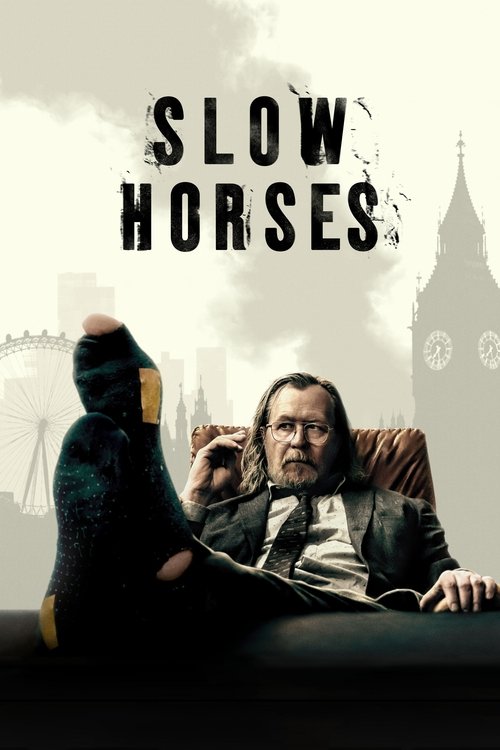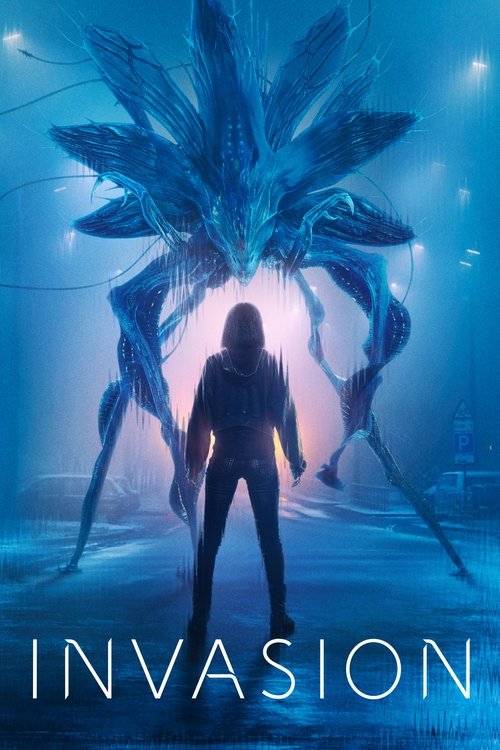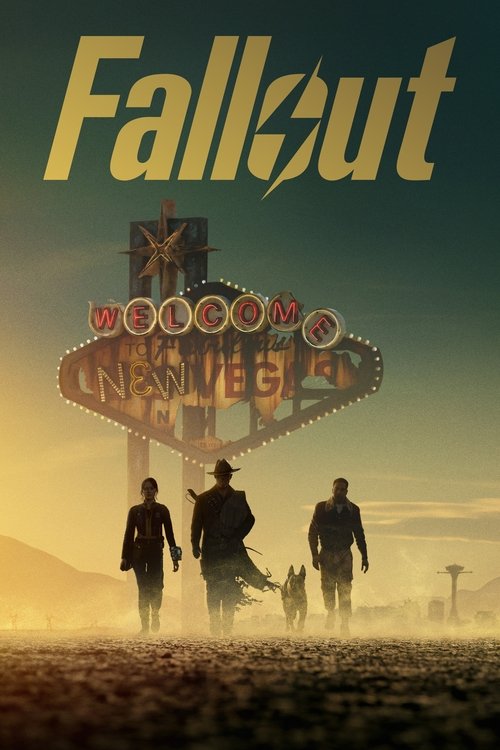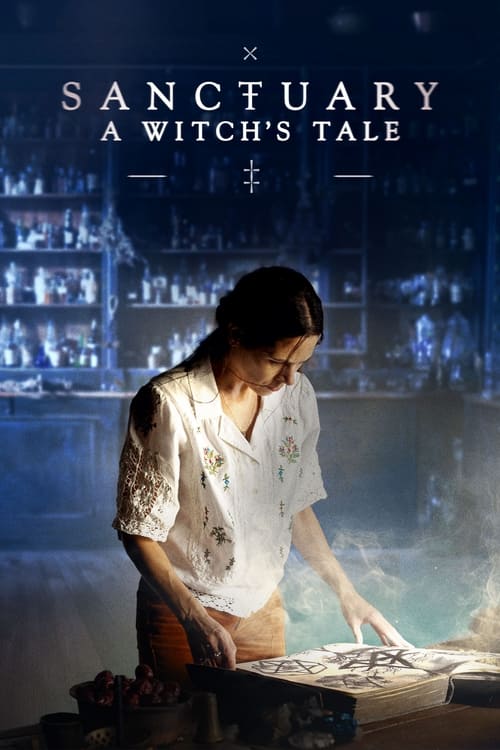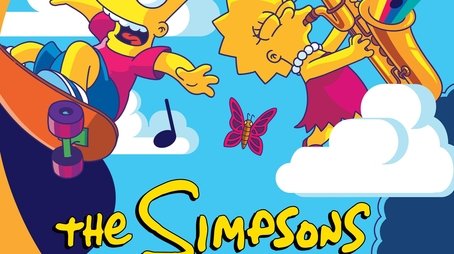
Ask Your Own Question
What is the plot?
The third season of "Foundation" begins with significant time jumps, as the series often does, advancing the narrative by at least a century. This allows for new characters and circumstances while maintaining connections to previous storylines. Gaal Dornick, played by Lou Llobell, is in cryosleep, periodically waking to assist in training the Second Foundation in preparation for the impending threat of the Mule, a powerful psychic figure.
As the season progresses, Brother Day, portrayed by Lee Pace, abandons Trantor but later returns to find his dynasty on the brink of collapse. Meanwhile, Brother Dusk, played by Terrence Mann, grapples with cognitive decline, which accelerates his eventual ritualistic demise. Demerzel, a powerful android, continues to serve the Genetic Dynasty, though her actions are tinged with sadness and a lack of personal agency.
On Trantor, Sarah sneaks into Cleon's bedchamber to uncover the secrets behind his survival. She accepts Brother Day's marriage proposal during a tense encounter. Dusk and Ru reflect on their past, but Dusk becomes uneasy about Day's power to audit their memories. They visit a memorial where they discover evidence of memory tampering. Sorith and Ru uncover Demerzel's true robotic nature, revealing her as a key figure in the Empire's operations.
On the planet Ignes, Salva investigates signs of an external watcher. She seemingly reunites with Hugo, but Hari suspects something is amiss. Hugo is revealed to be a telepath part of a mental community. The telepaths attack, capturing Hari, Gaal, and Salva, and bring them before their leader, Telm Bond. Telm opposes the idea of a Second Foundation and offers to train Gaal in her psychic abilities.
As the season unfolds, the Mule, played by Pilou Asbæk, becomes a central figure, embodying both prophecy and terror with his ability to manipulate wills. Gaal struggles to harness her psychic powers, which make the Mule's pursuit feel inevitable. The Foundation, Second Foundation, and Empire are drawn into conflict with the Mule, leading to complex alliances, betrayals, and unexpected twists.
In the finale, the narrative reaches a climax as the galactic chessboard becomes increasingly crowded with emperors, rebels, prophets, and impostors. The story concludes with a solemn tone, reflecting on the limits of control and the unpredictability of human will and chance. The finale ends with a mysterious skull crackling with energy, symbolizing both promise and threat, leaving the audience questioning what sustains faith in an uncertain future.
What is the ending?
The ending of Foundation Season 3 culminates in a decisive confrontation with the Mule, revealing unexpected truths about his identity and setting the stage for the galaxy's future. Key characters face critical choices and fates as chaos unfolds across New Terminus and Trantor, with the Foundation and the remnants of the Galactic Empire poised for a final stand.
The final episodes of Foundation Season 3 unfold with intense, detailed scenes that bring the season's major conflicts to a head.
The penultimate episode, titled "Foundation's End," opens amid chaos and destruction raining down on New Terminus, the heart of the Foundation. Explosions and battles ravage the city, illustrating the Mule's aggressive campaign to seize control. The scene is visually striking, with fire and smoke engulfing the skyline, citizens fleeing, and the Foundation's defenses struggling to hold. Amid this turmoil, the camera shifts to Trantor, where Dusk and Quent, two key figures aligned with the Cleonic Dynasty, unite to assess the galaxy's deteriorating state. Their conversation is tense, reflecting the Empire's waning power and the growing threat posed by the Mule's forces.
As the episode progresses, the narrative intercuts between the desperate defense of New Terminus and strategic discussions on Trantor. The Foundation's leaders, including Gaal Dornick and other Second Foundation members, prepare for a critical counterattack. The tension is palpable, with characters showing a mix of determination, fear, and resolve. The episode ends on a cliffhanger, with the fate of New Terminus hanging in the balance.
Moving into the final episodes, the story deepens the mystery surrounding the Mule. The AI hologram of Hari Seldon, a central figure in the Foundation's philosophy and planning, voices skepticism about the Mule's backstory, stating, "His story doesn't add up." This line signals to the audience that the Mule's true identity is more complex than previously believed, hinting at a major revelation to come.
In the last episode, the various factions--Gaal, the Second Foundation, allied Traders, and remnants of the Empire--converge for a decisive confrontation with the Mule. The scenes are charged with strategic maneuvering and personal stakes. Characters confront their fears and ambitions, with some making sacrifices to protect the future of the galaxy.
The Mule's true identity is revealed to be a disguise, consistent with the original novel's twist but adapted for the show's narrative. This revelation reframes the conflict, showing the Mule not just as a warlord but as a figure manipulating perceptions and reality through telepathic powers. The final moments focus on the resolution of this conflict, with the fate of the Mule and the galaxy's future left poised on a knife's edge.
Regarding the main characters:
- Gaal Dornick emerges as a key leader in the fight against the Mule, her resolve and intelligence pivotal in rallying allies.
- Hari Seldon's AI continues to guide and question, providing insight but also uncertainty about the unfolding events.
- Dusk and Quent represent the Empire's last hope, their alliance symbolizing a fragile unity amid collapse.
- The Mule faces exposure and defeat, his carefully constructed identity unraveling in the final scenes.
The season closes with a mixture of victory and uncertainty, emphasizing the ongoing struggle for control and the unpredictable paths that shape history.
This detailed, scene-by-scene narrative captures the complex interplay of characters and events at the end of Foundation Season 3, highlighting the show's focus on identity, power, and the fate of civilizations amid chaos.
Is there a post-credit scene?
There is no information in the available sources indicating that Foundation Season 3 (2025) has a post-credit scene. The detailed recaps and reviews of episodes, including the season 3 finale (episode 9), do not mention any post-credit scenes or additional footage after the credits.
Therefore, it appears that Foundation Season 3 does not include a post-credit scene.
What is the role and significance of The Mule in Foundation Season 3?
The Mule is introduced as a fearsome warlord whose goal is to rule the universe through physical force, military power, and mind control. He represents a major threat to both the Foundation and the dwindling Cleonic Dynasty's Empire, setting up a high-stakes conflict that drives much of the season's tension and plot development.
How does the time jump of 152 years after Season 2 affect the story and characters in Season 3?
Season 3 is set 152 years after the events of Season 2, which results in a new era where the Foundation has grown significantly beyond its origins, and the Empire has weakened. This time jump introduces new characters and circumstances while continuing the arcs of key figures like Hari Seldon and Gaal Dornick, who remain central through mechanisms like cryosleep and the secret Second Foundation.
What is the relationship between Hari Seldon, Gaal Dornick, and the Second Foundation in Season 3?
Hari Seldon is depicted as aging in real time at the secret Second Foundation, while also existing as a complex program stored in a vault at the First Foundation. Gaal Dornick wakes periodically from cryosleep to help train the Second Foundation in preparation for the arrival of The Mule. Their intertwined roles are crucial to the Foundation's survival and the unfolding of the psychohistorical plan.
How does the uneasy alliance between the Foundation and the Cleonic Dynasty’s Empire influence the plot in Season 3?
The Foundation and the Cleonic Dynasty's Empire form an uneasy alliance as both galactic powers face the threat posed by The Mule. This alliance creates a complex political and strategic backdrop, with characters like the Cleons and Demerzel engaging in a dangerous game of intergalactic chess alongside Hari Seldon and Gaal Dornick, impacting the power dynamics and conflicts throughout the season.
What are the major challenges faced by the citizens of Terminus and the Foundation in Season 3?
Following the destruction of Terminus in Season 2, the citizens survive and continue to play a pivotal role in the Foundation's story. In Season 3, they face the threat of The Mule's conquest and the broader galactic instability. The Foundation's expansion and survival amid these threats, including internal and external political struggles, are central plot elements.
Is this family friendly?
Foundation Season 3 (2025) is a visually impressive and intense sci-fi series that is generally not considered family-friendly for young children due to its mature themes and content. It contains scenes of violence, including military conflict and physical combat, as well as some intense psychological elements such as mind control and power struggles. The show also features complex political intrigue and moments of tension that may be upsetting for sensitive viewers.
Potentially objectionable or upsetting aspects include:
- Violence and action sequences involving warlords, battles, and physical confrontations.
- Psychological intensity related to mind control and manipulation.
- Dark themes such as the fall of civilizations, power struggles, and existential threats to humanity.
- Some scenes may be emotionally intense or suspenseful, with cliffhangers and dramatic stakes.
There is no indication of explicit sexual content or strong language being a primary focus, but the overall tone is serious and mature, making it more suitable for older teens and adults rather than children or sensitive viewers.



